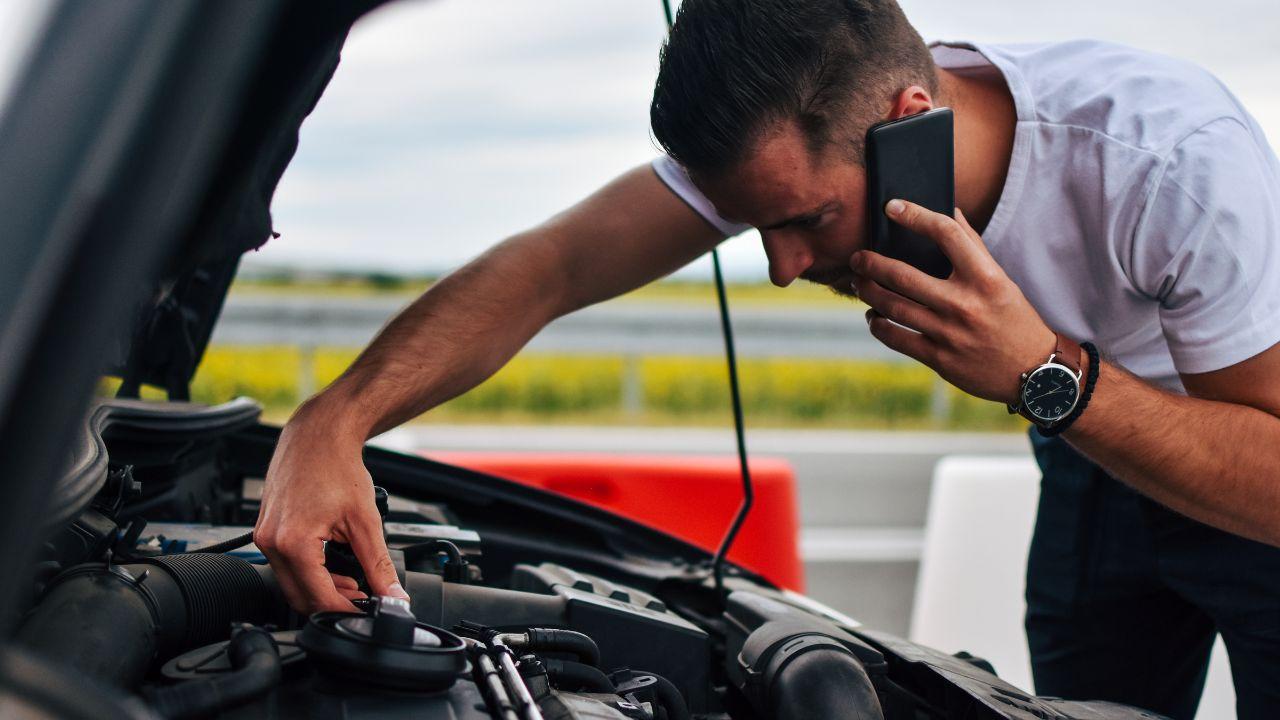Road Assistance vs. Roadside Recovery: What’s the Difference?

When your vehicle breaks down unexpectedly, understanding the type of help you need can save time, stress, and potential safety risks. Two terms often used in these situations are road assistance and roadside recovery. While they may seem similar, they provide different services and serve distinct purposes. Knowing the difference is essential for drivers who want quick, effective, and safe solutions when faced with a vehicle emergency.
This article will provide a detailed comparison of road assistance and roadside recovery, explain when each service is appropriate, and highlight the importance of having reliable support ready in times of need.
Understanding Road Assistance
Road assistance refers to a service that helps drivers resolve minor vehicle issues on the spot, allowing them to continue their journey without towing the car to a workshop. These services are typically available through auto clubs, insurance providers, or professional roadside support companies.
Common Services Offered by Road Assistance
-
Battery Jump-Start
If a car battery dies, road assistance technicians can provide a jump-start, allowing you to drive to your destination or service center safely. -
Flat Tire Change
Road assistance teams carry tools and spare tires to replace a flat, enabling you to continue your trip without needing towing. -
Fuel Delivery
Running out of fuel can leave you stranded. Road assistance providers deliver emergency fuel to get you moving again. -
Minor Mechanical Repairs
Some services can perform small fixes, such as replacing blown fuses or minor electrical repairs, without the need for towing. -
Lockout Services
If you accidentally lock your keys inside your car, road assistance teams can unlock the vehicle efficiently and safely.
Benefits of Road Assistance
-
Quick On-Site Solutions: Many problems can be resolved without removing the vehicle from the road.
-
Convenience: You can often avoid the delays of towing and repair shops.
-
Cost-Effective: Minor repairs on-site can prevent more expensive towing or extensive repairs.
Road assistance is ideal for situations where the vehicle is still operational or has a minor fault that can be fixed immediately.
Understanding Roadside Recovery
Roadside recovery, on the other hand, is designed for more serious vehicle breakdowns that cannot be fixed on the spot. This service usually involves towing the vehicle to a garage, dealership, or a designated safe location for repair.
Common Scenarios for Roadside Recovery
-
Severe Engine Problems
If your engine fails or overheats significantly, roadside recovery ensures the vehicle is safely transported for repair. -
Accidents or Collision Damage
After a collision, the vehicle may be unsafe to drive. Roadside recovery services can tow the car to a body shop. -
Transmission Failure
Cars with major transmission issues cannot be driven safely, making recovery essential. -
Electrical System Failures
Certain complex electrical problems prevent the car from starting or operating, necessitating towing.
Benefits of Roadside Recovery
-
Professional Towing: Vehicles are safely transported without risk of further damage.
-
Access to Qualified Repair Centers: Recovery ensures your vehicle reaches a location equipped to handle serious repairs.
-
Peace of Mind: You don’t have to worry about making risky attempts to drive a disabled car.
Roadside recovery is essential for breakdowns that are beyond the scope of on-site fixes and require professional intervention.
Key Differences Between Road Assistance and Roadside Recovery
|
Feature |
Road Assistance |
Roadside Recovery |
|
Purpose |
Fix minor issues on-site |
Transport the vehicle for major repairs |
|
Scope of Service |
Battery jump-starts, tire changes, fuel delivery, minor repairs |
Towing, accident recovery, severe mechanical failures |
|
Response |
Quick, often within minutes |
May take longer due to towing logistics |
|
Vehicle Movement |
Vehicle usually continues the journey after service |
Vehicle is transported to a safe location |
|
Cost Implication |
Generally lower |
Can be higher due to towing and handling |
Understanding these differences allows drivers to call the right service based on the severity of the breakdown, ensuring safety and efficiency.
When to Use Road Assistance
Road assistance is ideal for:
-
Flat tires that can be replaced on the spot.
-
Dead batteries that need a jump-start.
-
Minor mechanical issues that do not prevent driving.
-
Running out of fuel.
-
Being locked out of your vehicle.
In these situations, calling road assistance can save time, prevent delays, and get you back on the road safely without requiring towing.
When to Use Roadside Recovery
Roadside recovery is necessary for:
-
Vehicles that cannot start or operate safely.
-
Significant mechanical or electrical failures.
-
Post-accident situations where driving is unsafe.
-
Transmission or engine failures that prevent movement.
Calling for recovery ensures that your vehicle is transported safely to a repair facility without causing additional damage or risking your safety.
Preparing for Emergencies
Both road assistance and roadside recovery services are valuable, but preparation is key. Drivers should:
-
Keep contact numbers for roadside services and insurance providers handy.
-
Maintain a small emergency kit, including flashlight, reflective vest, and warning triangles.
-
Regularly check vehicle health to reduce the likelihood of breakdowns.
-
Understand the coverage of your roadside assistance or recovery plan to avoid confusion during emergencies.
Being prepared ensures that whether you need quick on-site help or full recovery, you can access services efficiently.
Roadside Assistance as a Lifeline
Having access to reliable roadside assistance is more than a convenience—it is a safety measure. Drivers who frequently travel long distances or in unfamiliar areas benefit from knowing that expert help is available at any hour.
Roadside assistance provides immediate solutions for minor issues, reducing stress and enabling drivers to continue their trip with confidence. Meanwhile, roadside recovery handles major problems, ensuring the vehicle is safely transported for professional repairs.
Tips for Choosing the Right Service
-
Evaluate Your Vehicle Condition: Determine whether the problem is minor or major.
-
Check Service Availability: Ensure the provider operates 24/7 and covers your location.
-
Understand Service Inclusions: Know whether towing, minor repairs, or fuel delivery are included.
-
Keep Essential Contacts Ready: Store numbers for road assistance, recovery services, and insurance companies in your phone.
-
Prioritize Safety: Always assess the situation and use warning signals when waiting for assistance.
By considering these factors, you can quickly choose between road assistance and roadside recovery when needed.
Conclusion
Understanding the difference between road assistance and roadside recovery is essential for every driver. Road assistance provides immediate, on-site solutions for minor vehicle problems, allowing drivers to continue their journey safely. Roadside recovery, however, is necessary for serious breakdowns that require professional towing and repair.
Both services complement each other, and knowing when to use each can prevent further damage, ensure personal safety, and provide peace of mind during vehicle emergencies. Regular vehicle maintenance, preparation, and reliable access to these services are key to handling unexpected road incidents efficiently.
Every driver should have a clear understanding of these options, ensuring that whether it’s a minor fault or a major breakdown, help is always available when it matters most.








